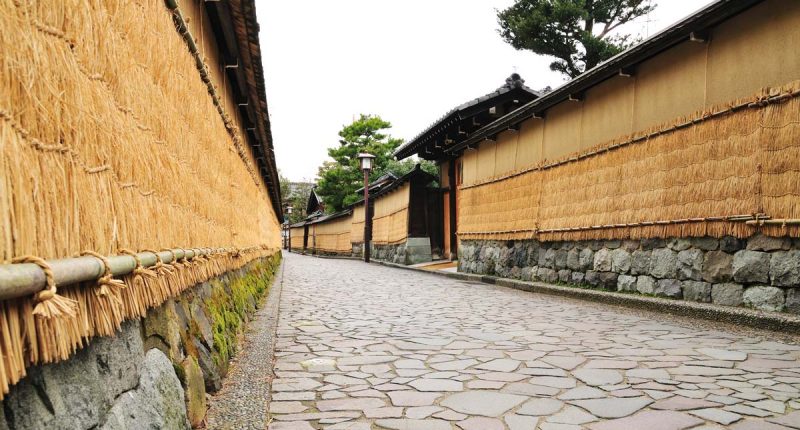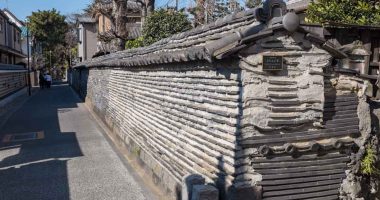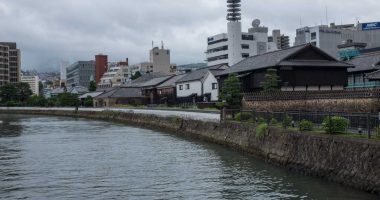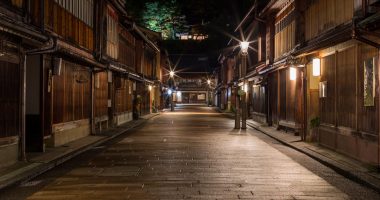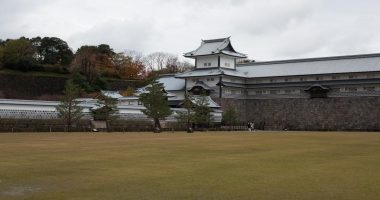Nagamachi (長町) is a former area of residence for the samurai of Kanazawa close to Kanazawa Castle with narrow canals and stone paths. Some of the homes are open to the public (some are free; others charge a small entrance fee), and there is also a small museum showing how the merchant class used to live, complete with a reconstructed old style pharmacy, tea room, traditional garden, and displays of local handicrafts.
You May Also Like
Kannonji Temple: Tsuji-Bei Wall
As you wander the streets of Yanesen, make a detour via this mud and tile wall. Built in the latter half of the Edo period, this 40m x 2m section has managed to survive the natural disasters and air raids, and today stands as a perfect representation of how the city would have been divided up in times gone by.
